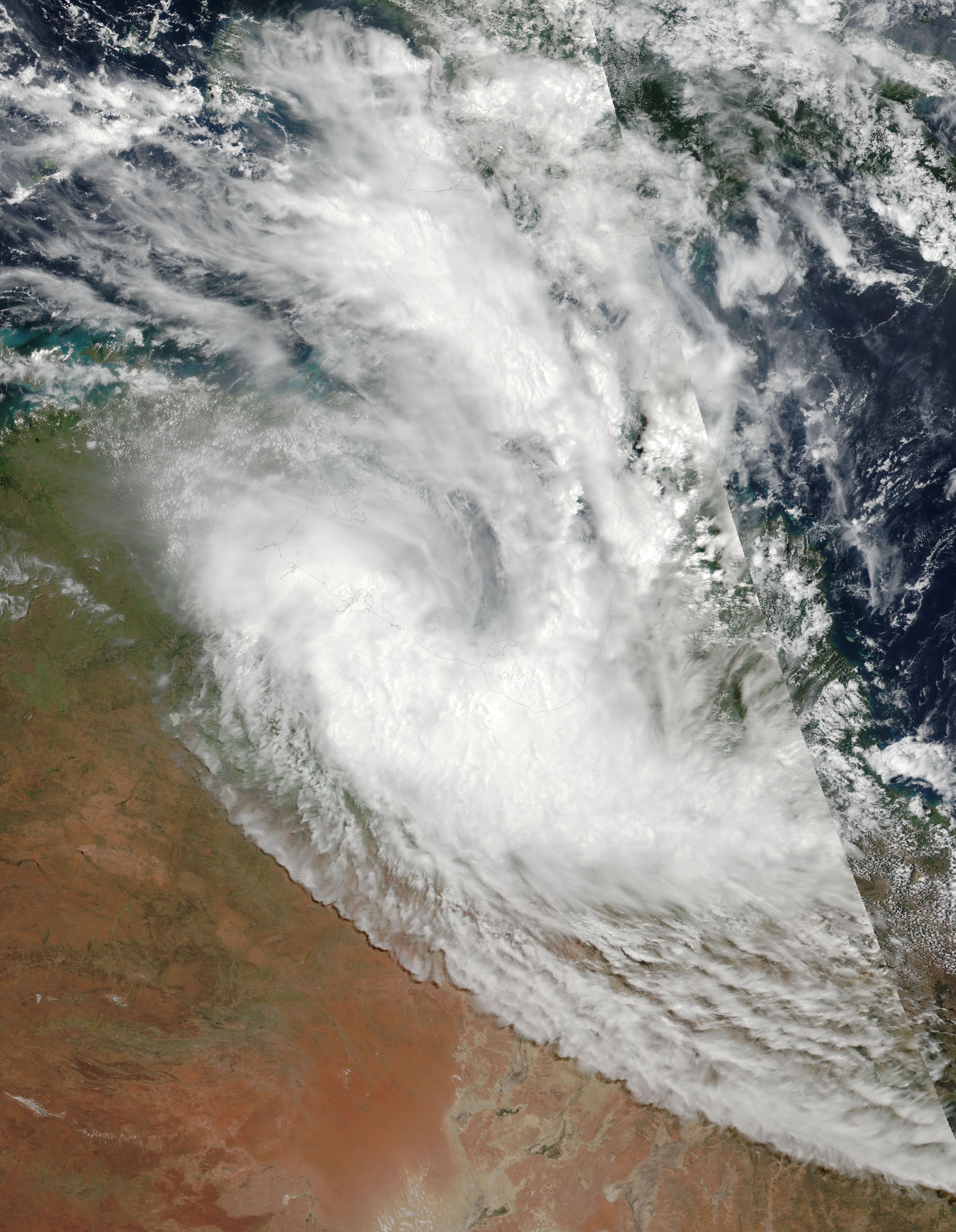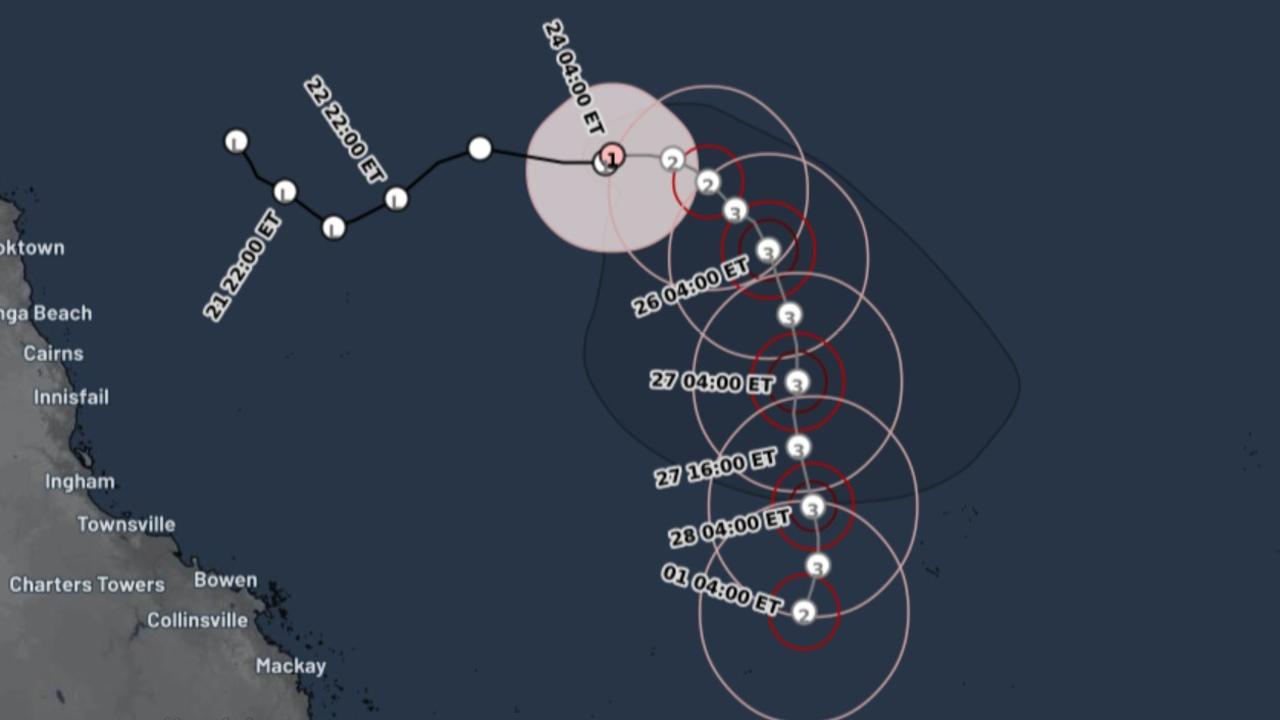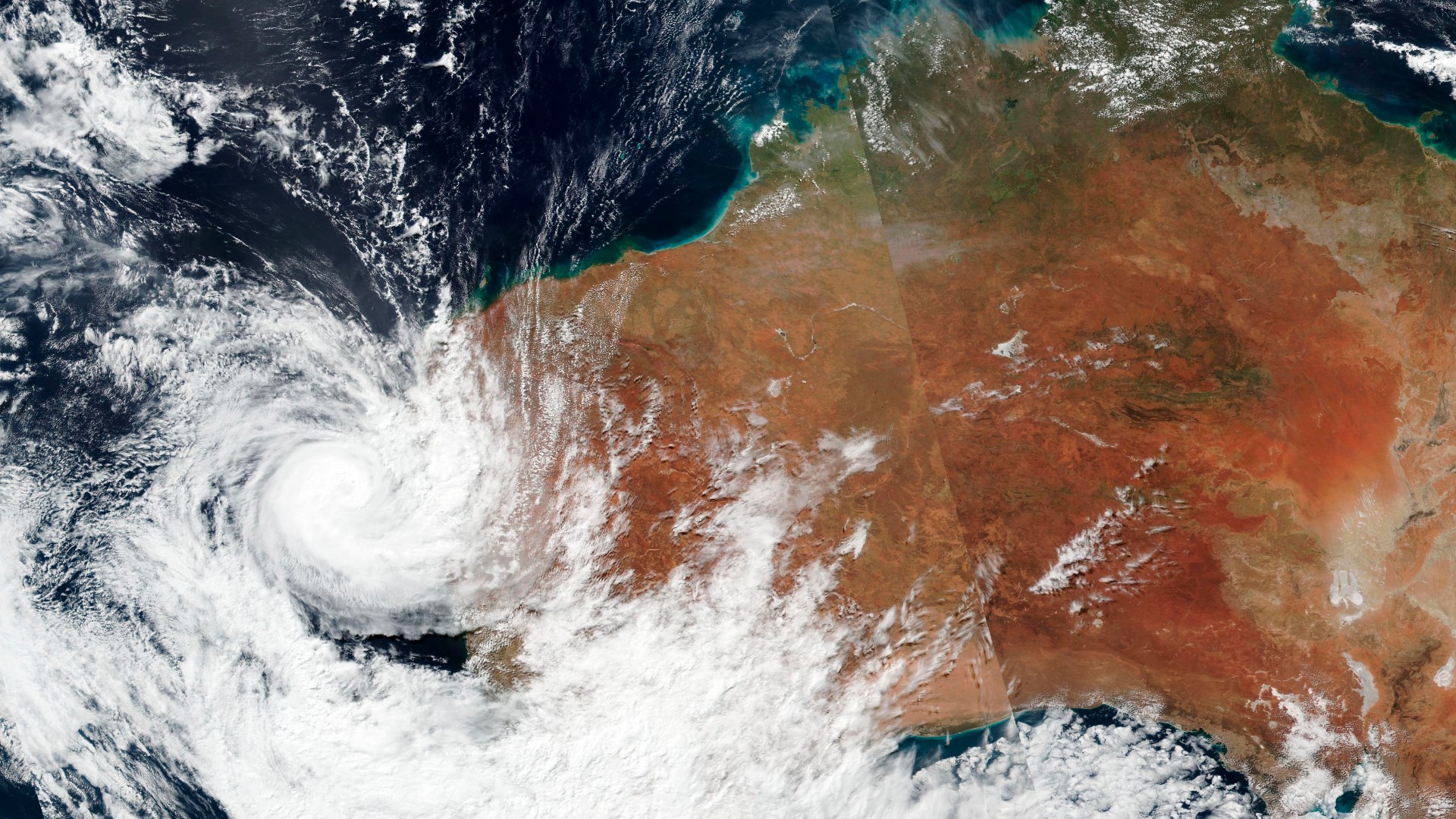Cyclone Alfred Brings Destruction To Australia: A Devastating Impact
Cyclone Alfred, a powerful tropical cyclone, has brought widespread destruction to Australia, leaving a trail of devastation in its wake. The storm made landfall on the eastern coast of Australia, specifically in the state of Queensland, causing significant damage to infrastructure, homes, and lives. This article provides an in-depth look at the impact of Cyclone Alfred, its effects on the region, and what the community is doing to recover.
As one of the most destructive cyclones to hit Australia in recent history, Cyclone Alfred has highlighted the importance of preparedness and evacuation plans. The storm's powerful winds and heavy rainfall caused widespread flooding, landslides, and damage to buildings, power lines, and other critical infrastructure. The impact of the cyclone was felt across the region, with many areas experiencing severe disruptions to essential services such as power, water, and communication.
Preparation and Evacuation
In the days leading up to the storm's landfall, authorities warned residents in the affected areas of the impending danger. However, some residents were not prepared or did not heed the warnings, putting themselves and their loved ones at risk. This highlights the importance of emergency preparedness and evacuation plans, particularly in areas prone to natural disasters.
Some key steps that residents can take to prepare for and respond to natural disasters include:
• Creating a family emergency plan and identifying safe evacuation routes
• Stocking up on emergency supplies such as food, water, and first aid kits
• Staying informed about weather conditions and evacuation instructions
• Being aware of flood risks and taking necessary precautions to protect property
The Storm's Impact
Cyclone Alfred's impact was felt across the region, with many areas experiencing severe damage. The storm's powerful winds caused widespread destruction to buildings, power lines, and other critical infrastructure. The heavy rainfall also caused flooding, landslides, and damage to agricultural land.
Some of the areas most affected by the storm include:
• The coastal city of Bundaberg, which experienced severe flooding and damage to homes and businesses
• The town of Gympie, which was hit by powerful winds and heavy rainfall
• The rural areas of Queensland, which were affected by flooding and landslides
Response and Recovery Efforts
In the aftermath of the storm, emergency services and government agencies worked tirelessly to respond to the crisis. This included:
• Providing aid and support to affected residents, including food, water, and medical supplies
• Conducting search and rescue operations to locate those trapped or missing
• Clearing debris and restoring essential services such as power and water
• Providing temporary accommodation and shelter to those affected
The government has also pledged to provide support and funding to help with the recovery efforts. This includes:
• Providing financial assistance to businesses and individuals affected by the storm
• Offering grants and low-interest loans to help with rebuilding and reconstruction
• Supporting the rebuilding of critical infrastructure such as roads, bridges, and power lines
Long-Term Impacts
The long-term impacts of Cyclone Alfred will be felt for months and possibly even years to come. The storm has highlighted the importance of disaster preparedness and planning, particularly in areas prone to natural disasters.
Some of the long-term impacts of the storm include:
• Economic disruption: The storm has had a significant impact on the local economy, with many businesses affected by the damage and disruption.
• Emotional toll: The storm has also had an emotional toll on residents, with many experiencing trauma and stress.
• Environmental impact: The storm has also had an environmental impact, with many areas affected by flooding and landslides.
Conclusion
Cyclone Alfred has brought devastating destruction to Australia, leaving a trail of devastation in its wake. The storm's impact was felt across the region, with many areas experiencing severe damage. However, the community is working tirelessly to respond to the crisis and support those affected. The long-term impacts of the storm will be felt for months and possibly even years to come, highlighting the importance of disaster preparedness and planning.
Some key takeaways from the storm include:
• The importance of emergency preparedness and evacuation plans
• The need for residents to stay informed and take necessary precautions
• The importance of supporting those affected by the storm
• The need for long-term planning and rebuilding efforts to help the community recover
As the community continues to recover from the impacts of Cyclone Alfred, it is essential that we learn from the experience and work together to build a more resilient and disaster-ready future.
Patrick Fugit
Did Piddy Passed Away
Lance Barber Weight Loss
Article Recommendations
- Karlan And Connieenio Crimecene Pos
- Chloandmatt Fansd
- Kimol Song
- Tate Mcrae
- Brooke Monk
- Shannonharpe Wife
- Brittany Force Relationship
- Isana Perino S Husband Ok
- Kliff Kingsbury Wife
- Link



